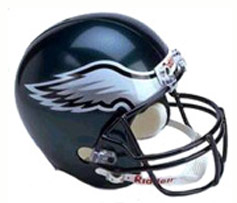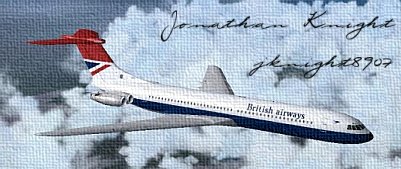
Simviation Forums
Flight Simulator and other chat















Actually, the danger is not from catasrophic airframe failure but "mach tuck". Most subsonic wings have a critical mach number. Even though the airplane may be travelling below the speed of sound, air that is being accelerated over the top of the wing can exceed the speed of sound. Now, if you are in "coffin corner" and you experience a mach tuck......what will now happen when the aircraft is already past redline and now descending as result of the tuck?! As an example, Mmo on the Lear 25 is .83. I have flown with a Lear test pilot to .86 before we started to feel aileron buzz and wing buffet. This is approaching the point of what's known as limiting mach. Yes, there is most certainly a margin for error factored into the barbers pole.Of course, but it's still a Never Exceed point, to avoid undue damage that would result if the plane was pushed right to the limit on every flight.
One aspect of high altitude pilot training for a jet is planning for turbulence and the jump that does indeed occur with turbulence. This is modeled correctly. Usually though, it only amounts to about a .2-.3(10-20kias) mach variation. On my airplane Mmo is .82. In heavy turbulence, I'll pull it back to .76 or less. I used to fly air ambulance in a Lear 25 and we would exceed Mmo regularly on the descent during critical patient conditions. Even though pilots are trained to plan for this condition, not all turbulence can be forecast or foreseen. "Bumping the Barber's Pole" is a regular ocurrence.Do the planes every once in a while just jump past the overspeed marker on the airspeed indicator when encountering some heavier turbulence and wind?
No, BUT.........modern jets that have ACARS can immediately notify the company if Mmo has been exceeded or for any number of other infractions. Big Brother is now a pilot as well?! 8)And if so, even so intermittently for a short corrected period of time, does that usually mean the aircraft would have to go straight to the shop?

Users browsing this forum: No registered users and 195 guests